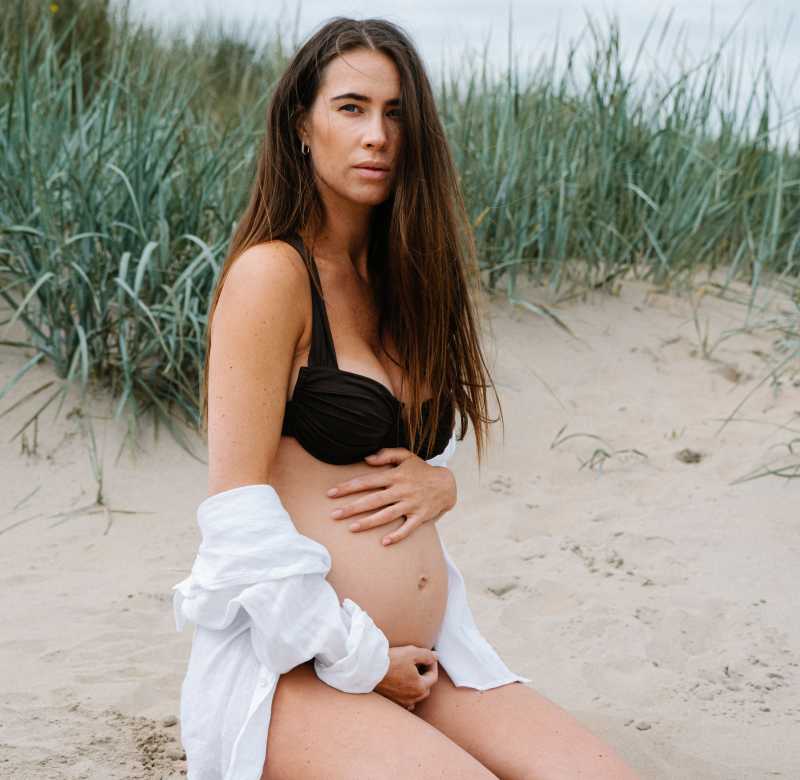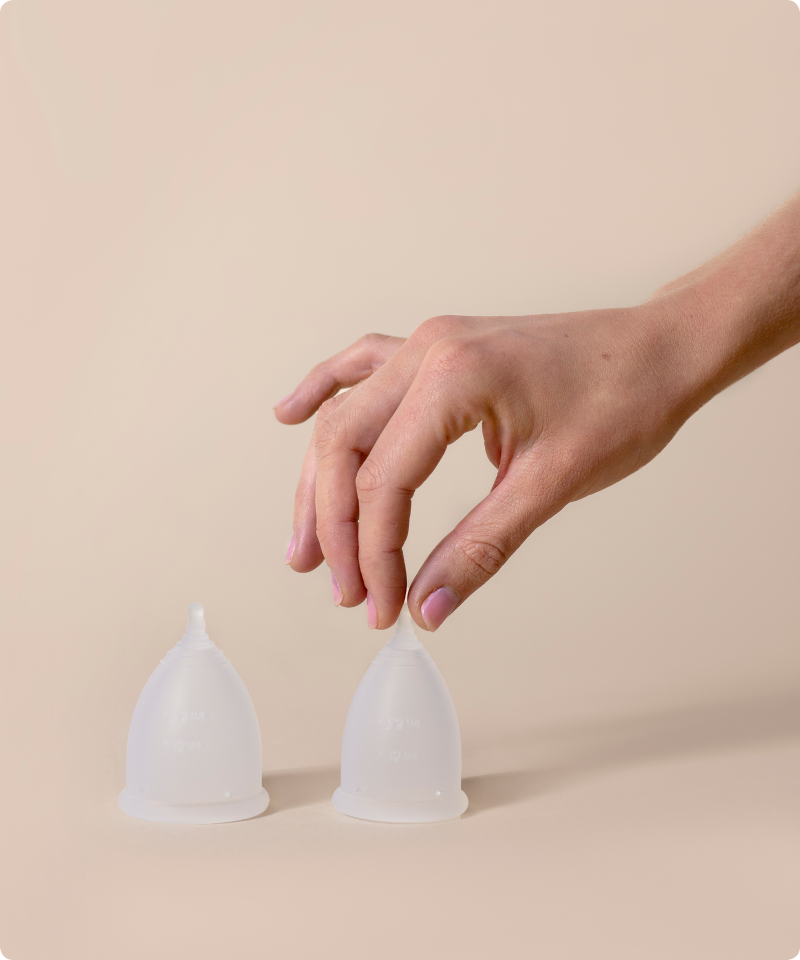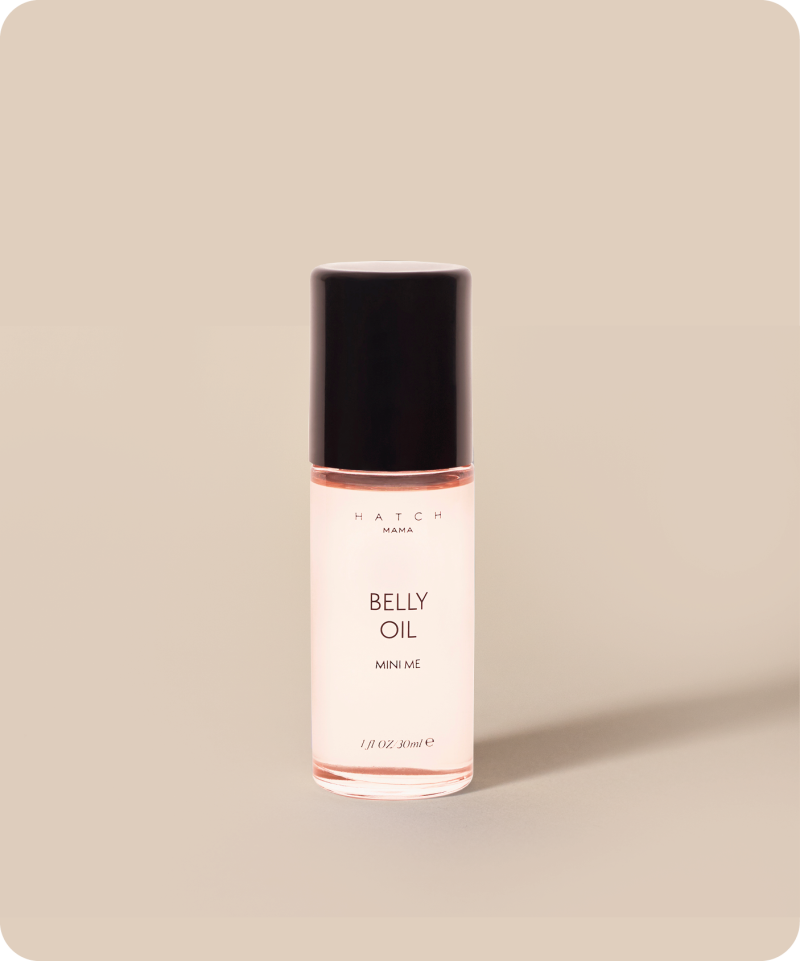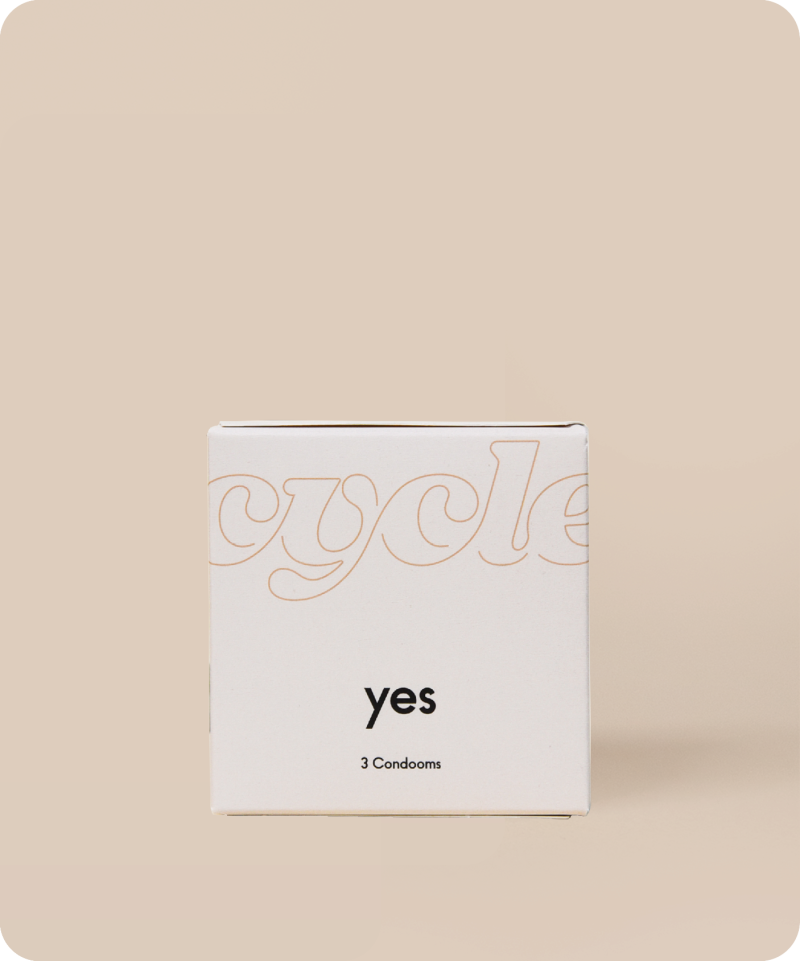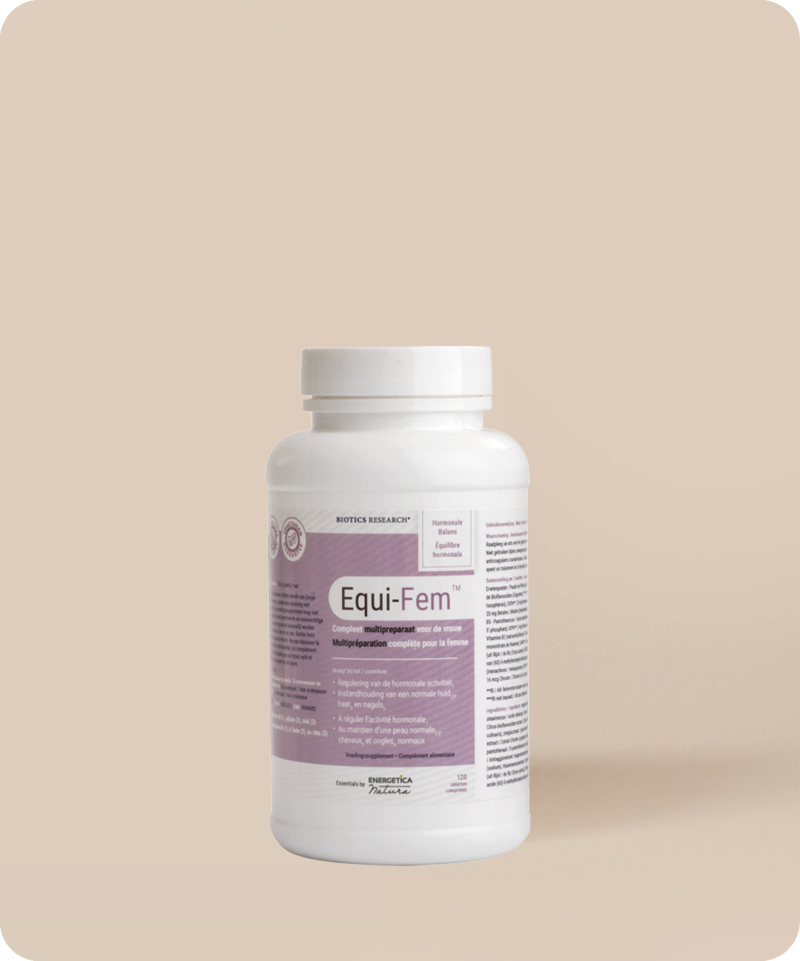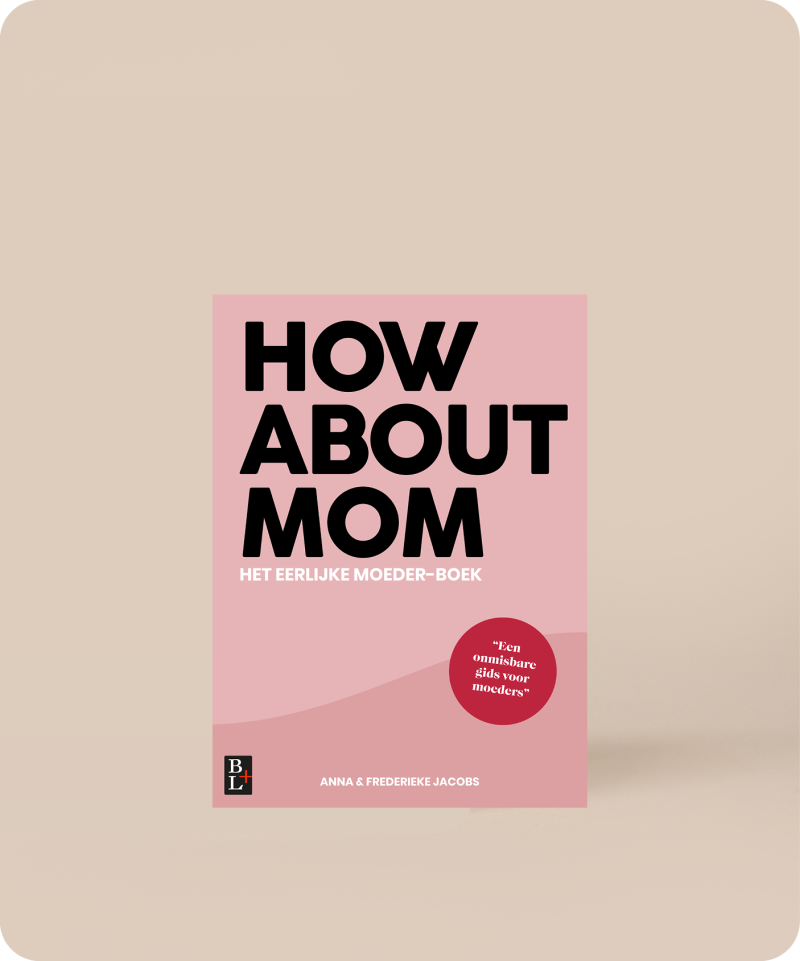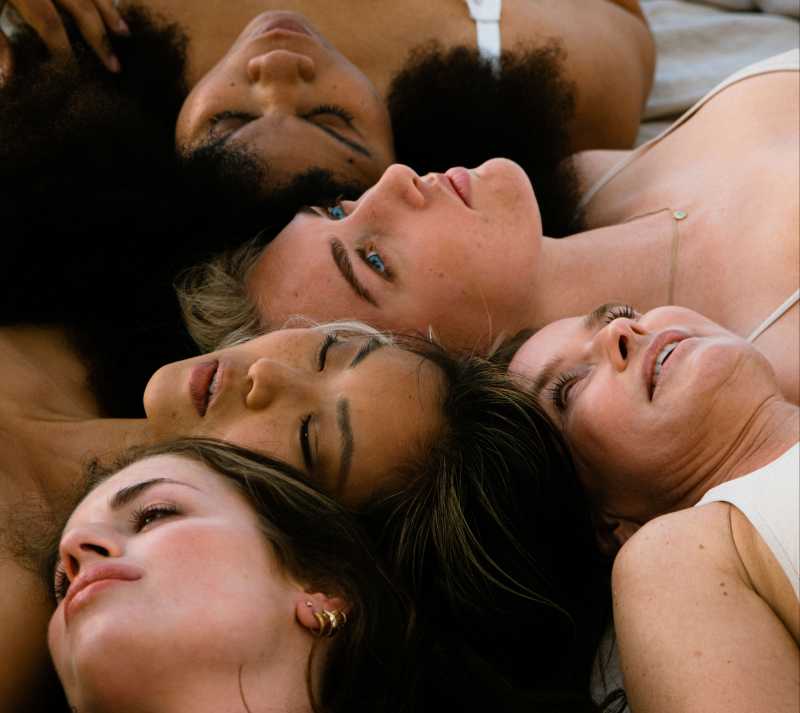All phases of menopause and why the hell it’s so freaking confusing
Menopause. Almost half of the world population goes through it, but it’s still a concept that confuses many. And what’s perimenopause? Or what is postmenopause supposed to entail? So many questions. That’s why we’ve decided to clear it up for everyone who’s confused for once and for all.
Let’s begin at the beginning. There are three phases of menopause: Perimenopause, menopause and postmenopause. The perimenopause is the time leading up to the menopause, then the menopause itself happens and lastly you hit postmenopause. All of these phases have their own little signifiers and symptoms.
Let’s focus on the perimenopause. The average age of perimenopause is usually about 5-10 years before the menopause. It’s like your body’s way of telling you that it’s preparing for the menopause. Perimenopause is riddled with symptoms such as hot flashes, night sweats, irregular menstrual periods, heart palpitations, vaginal dryness, bladder problems, changes in sexual function, changing cholesterol levels, shortness of breath (the list goes on and on and on) and not to forget a plethora of psychological symptoms as well.
The menopause as emotional rollercoaster
Read moreDon’t let the irregular menstrual periods of the perimenopause fool you, by the way. It takes a good few years before perimenopause transitions into the menopause aka your last period. During your perimenopause you’re still very much fertile, so make sure you check out all contraception options and take the proper precautions if you don’t want to get pregnant.
Then you hit your actual menopause. The menopause literally signifies the last menstrual period. It’s hard to know when you’ve actually had your last period so it’s only confirmed that you hit your menopause when you haven’t had a period for 12 consecutive months. This means that there’s no real way to know you’ve had your menopause until it has already happened. A natural menopause happens between the ages of 40 and 58. The average age lies around the age of 51, but you can usually rely on the fact that most of the time people hit their menopause around the same time their mothers and grandmothers did.
We’re finally at the last stop: Postmenopause. This is the time after the menopause has happened. Most heavy symptoms are experienced during perimenopause and menopause itself, but postmenopause may have some tricks up its sleeve. There’s a continued decrease in estrogen levels during postmenopause. This could lead to never truly being able to get rid of vaginal dryness and hot flashes.
On to the confusion that sparked the creation of this article. In popular media, the term menopause is often used as an umbrella term for all phases of menopause. When people talk about symptoms related to menopause, it’s likely they actually mean perimenopause. Super confusing!
Information about menopause is so often pushed under the rug. Hidden behind a fog of secrecy regarding women’s intimate bodily functions. The whole topic of perimenopause, menopause and postmenopause is horribly under-discussed.
If you want to know more about the perimenopause and the menopause, read this article. We discussed this sensitive topic together with Dorenda van Dijken, gynecologist, chair of the Dutch Menopause Society, and Cycle expert. Or rewatch our online class in which we explain everything to do with the perimenopause and the menopause.
We’re in this together, you know!







